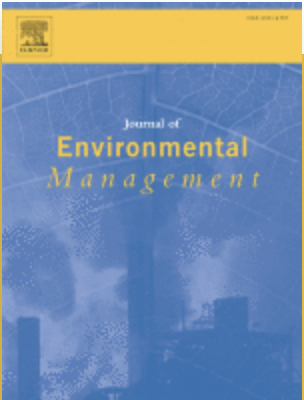Research Article
Revealing the contribution of mountain ecosystem services research to sustainable development goals: A systematic and grounded theory driven review
Publication Date:
DOI: https://doi.org/10.1016/j.jenvman.2024.123452
Abstract
Ecosystem services are the bridge between people and nature, especially for mountains, which cover more than two thirds of the world's territory, and are able to provide a diversity of ecosystem services and are significant for the enhancement of human well-being. Understanding how mountain ecosystem services (MES) support The United Nations (UN) Sustainable Development Goals (SDGs) is critical to realizing effective benefits from mountain resources, yet the extent to which MES support the SDGs is currently unclear and needs to be further explored. This study systematically reviewed the current research works by using grounded theory. We searched the Web of Science platform for papers closely related to mountain ecosystem services (2008–2022) and obtained 2010 papers, and further streamlined the most representative 114 papers based on the direct correlation between typical mountains, ecosystem service, and SDGs in the literature. We then explored the relationship between MES and specific SDGs and focused on the most strongly linked goals. The study indicated: (1) 66 targets (39%) and 12 SDGs (71%) were found, and we categorized the linkages into three categories, benefit, synergize, benefit & synergize. SDG3, 11, 13, 15 are goals that most strongly link to the MES, Subclasses storage and soil conservation services of ES are the most studied; (2) There is a gap between research and specific SDGs, and we need to focus on specific goals with relevant MES that are poorly researched but emphasized in SDGs; (3) The extent and emphasis of attention to mountain ecosystem services varied globally across continental regions. Therefore, we summarized a sustainable management model for mountain features. Policy makers are advocated to use our recommendations as a reference based on the specific features of the local mountains in combination with the development aims.
